Brisbane and Gold Coast are Australia’s favorite resort cities. Here, there is almost a guarantee of good weather, bathing and all the entertainment you can imagine, for which not least the Gold Coast is so famous.
However, Brisbane has much more than the beaches to offer. There are several art museums, and if you want to go back to the early development of the area, there are preserved buildings from the 19th century. If you suddenly want to go to the beach, it can also be fulfilled in the very center of the city where the inviting South Bank Parklands are located.
Australia’s magnificent scenery is never far from anywhere in the big country, nor from Brisbane. From here many will probably choose a boat trip on Moreton Bay, where the area’s first penal colony was located.
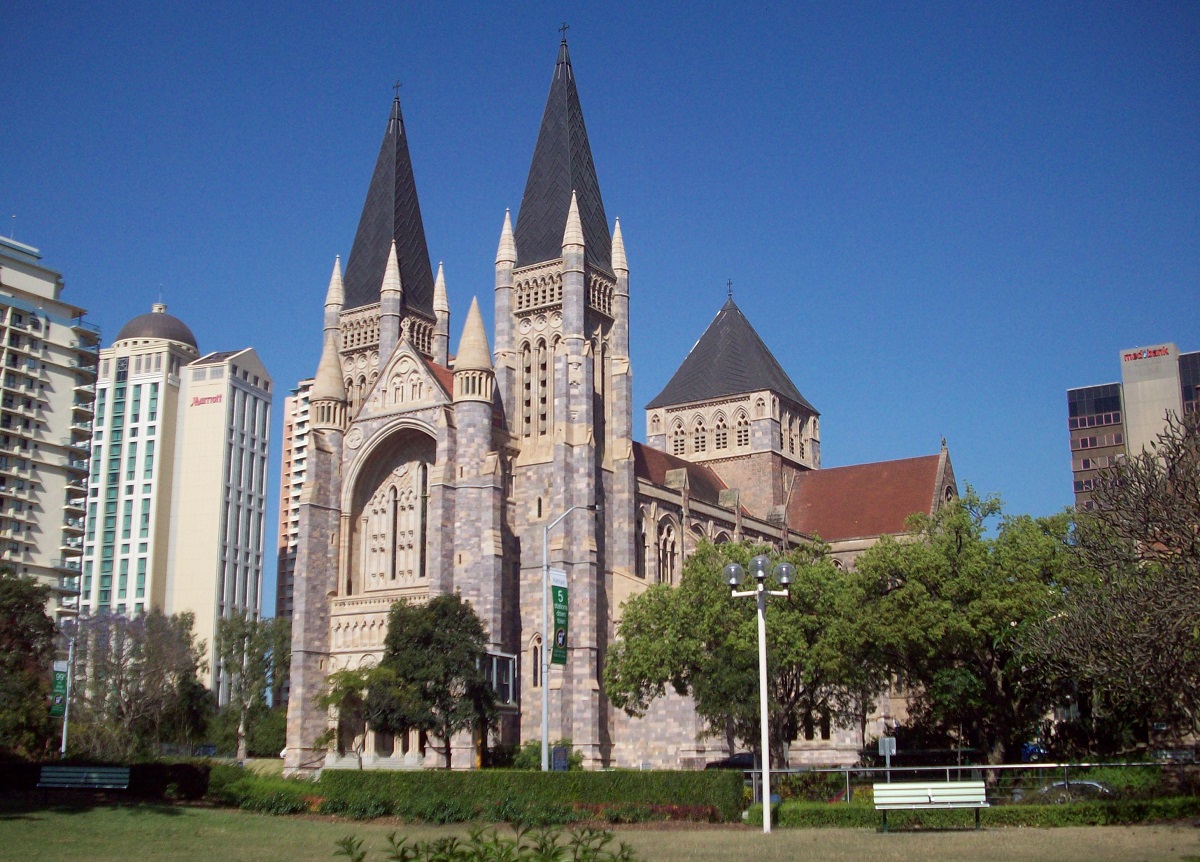
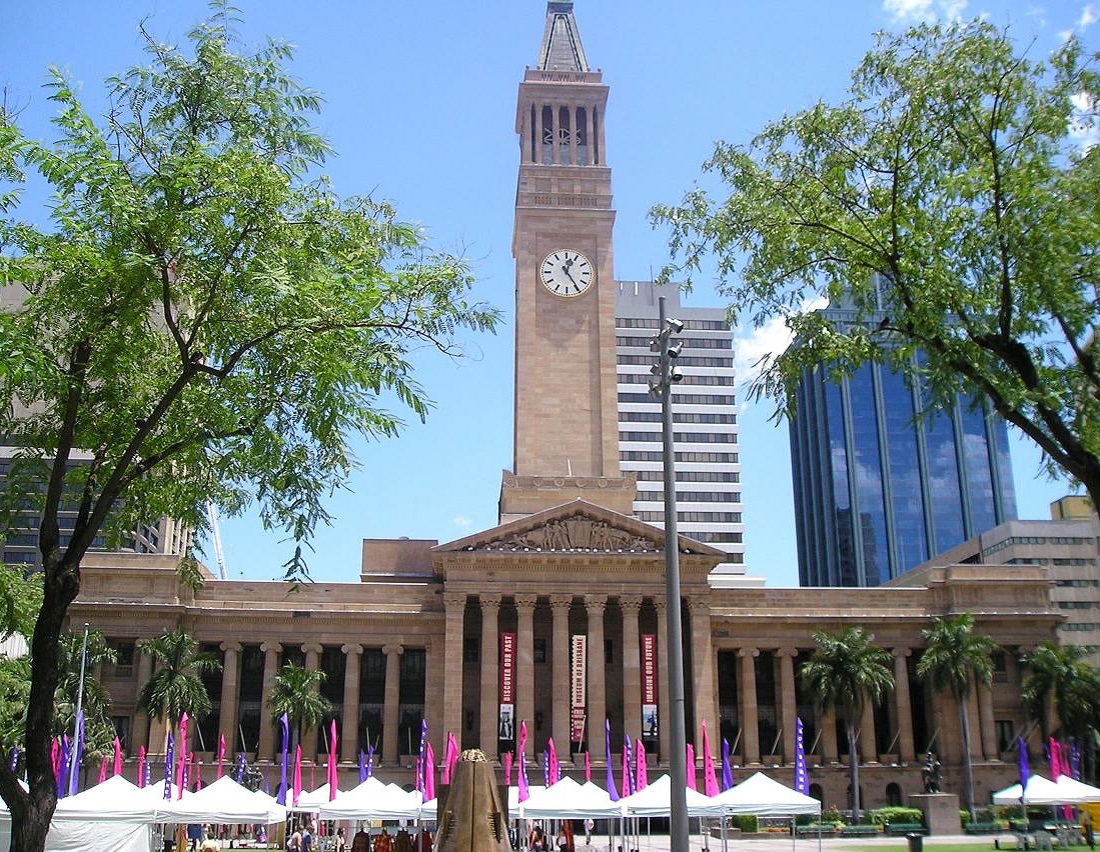
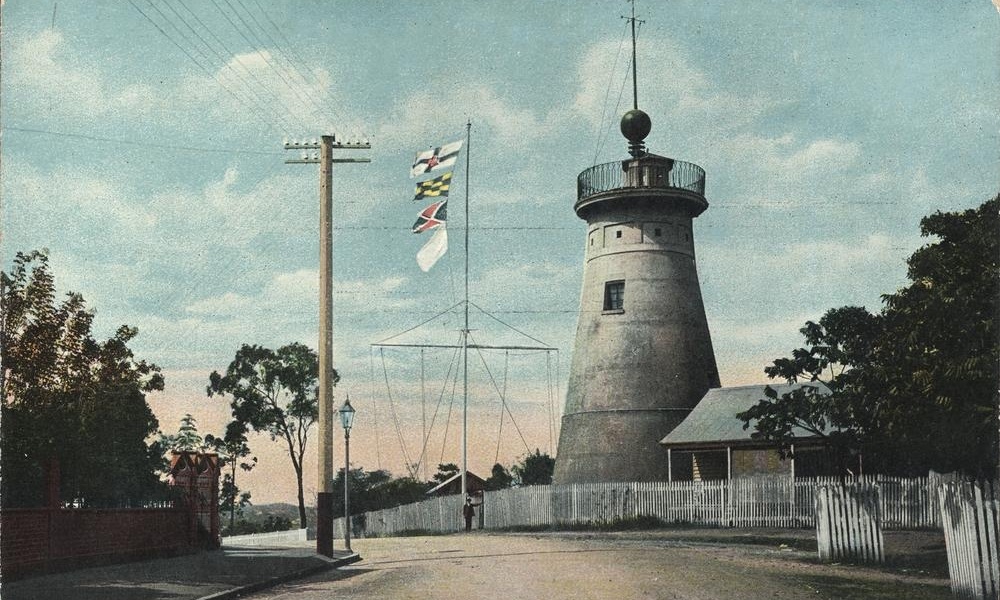
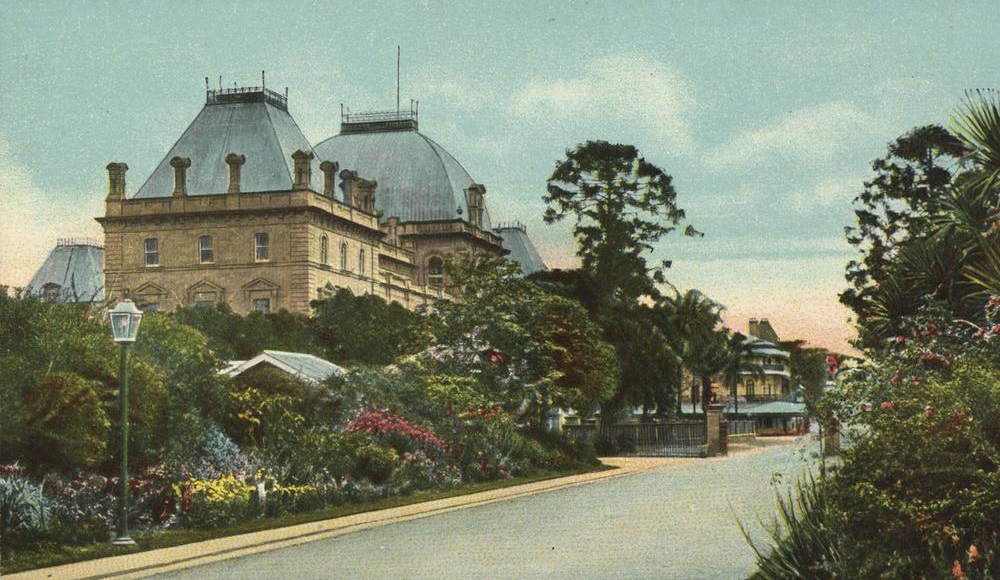
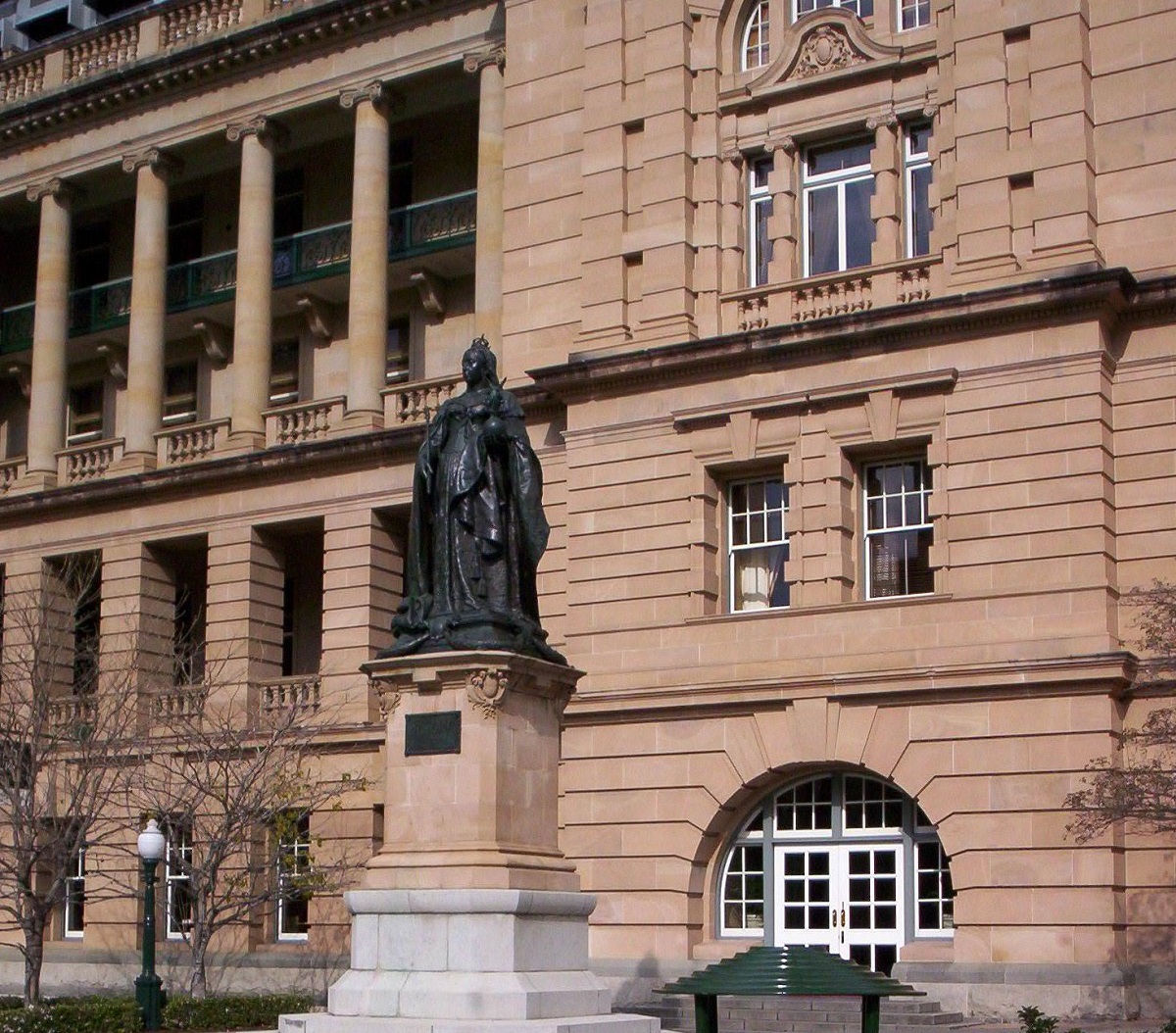
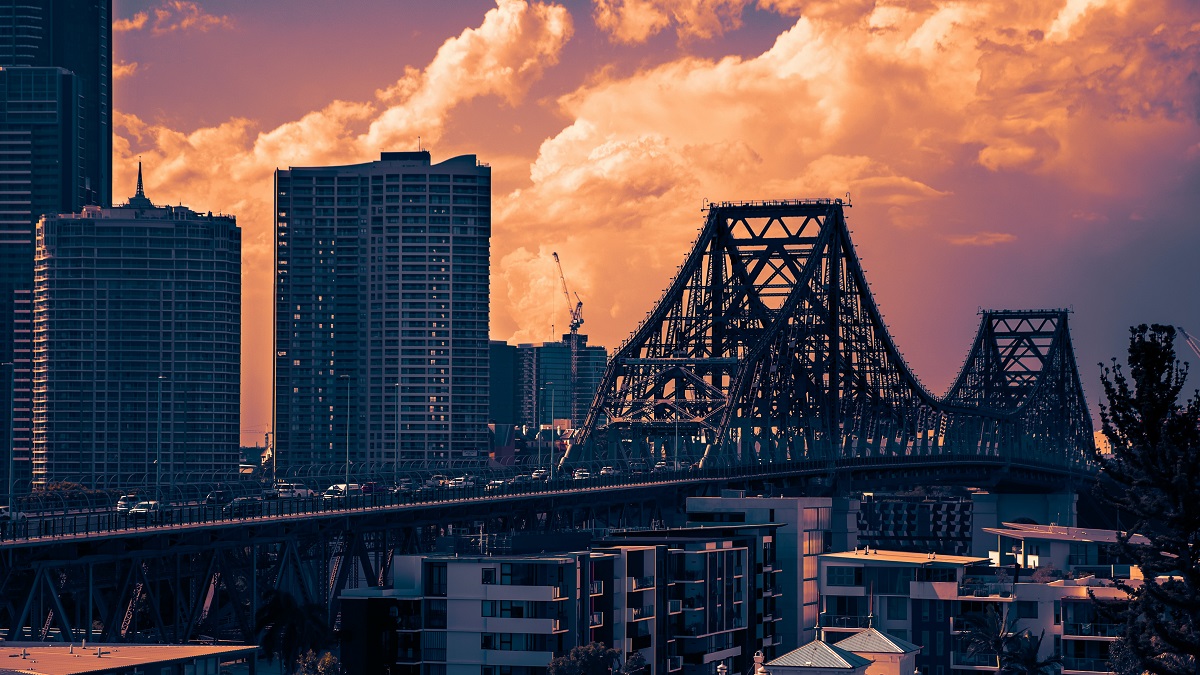
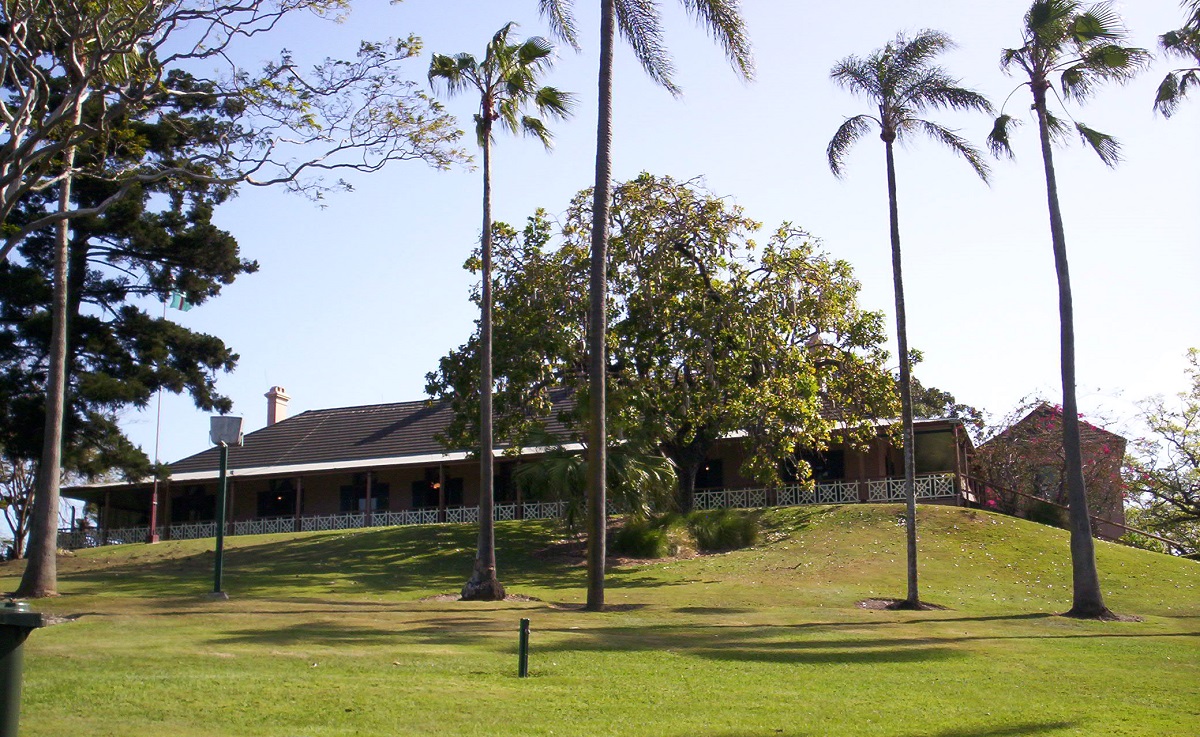
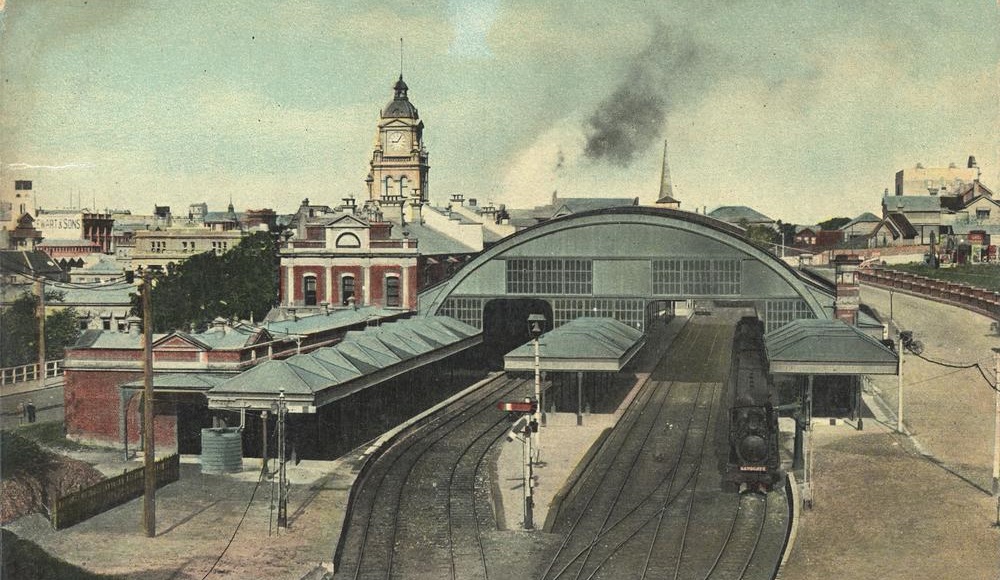

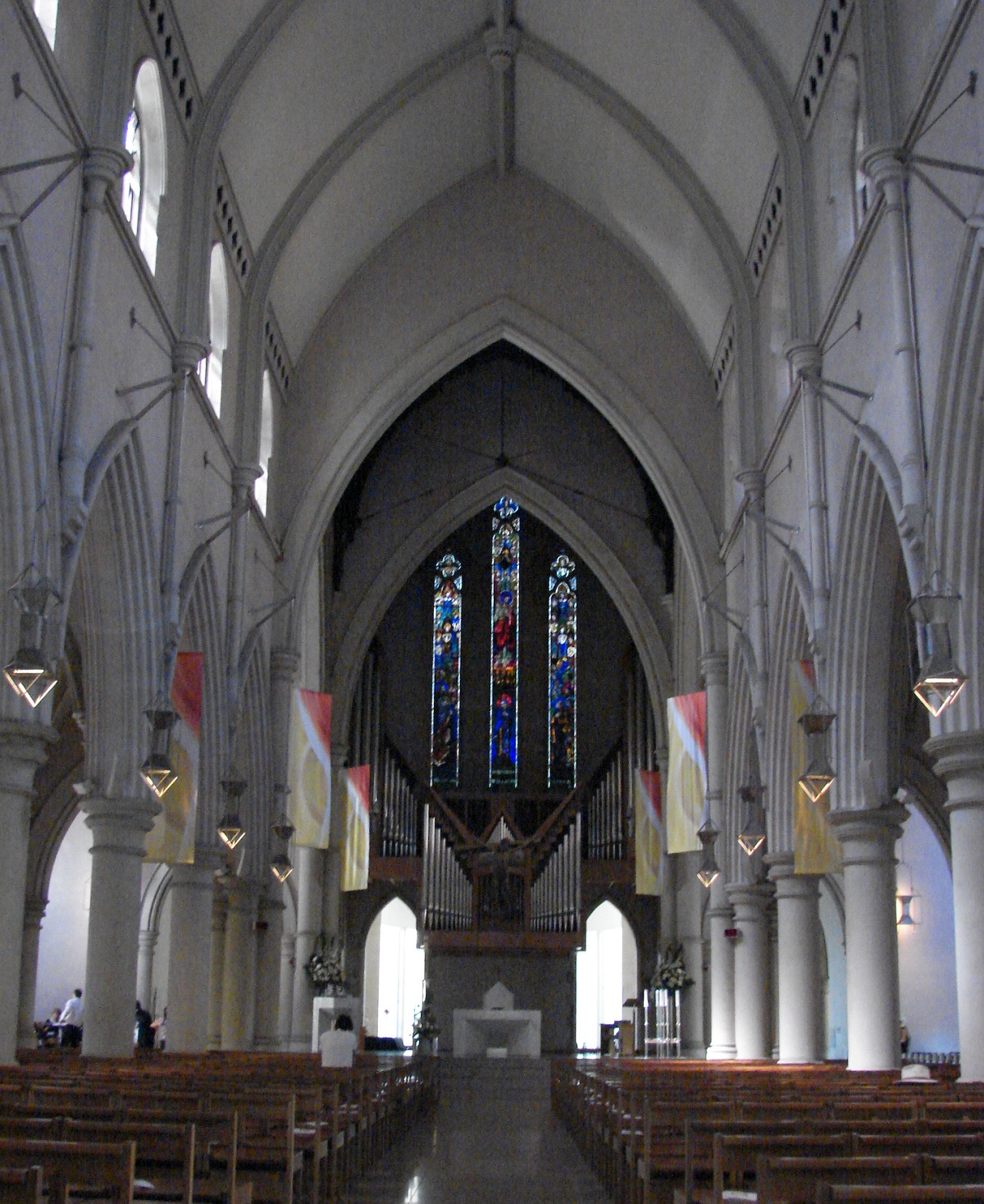
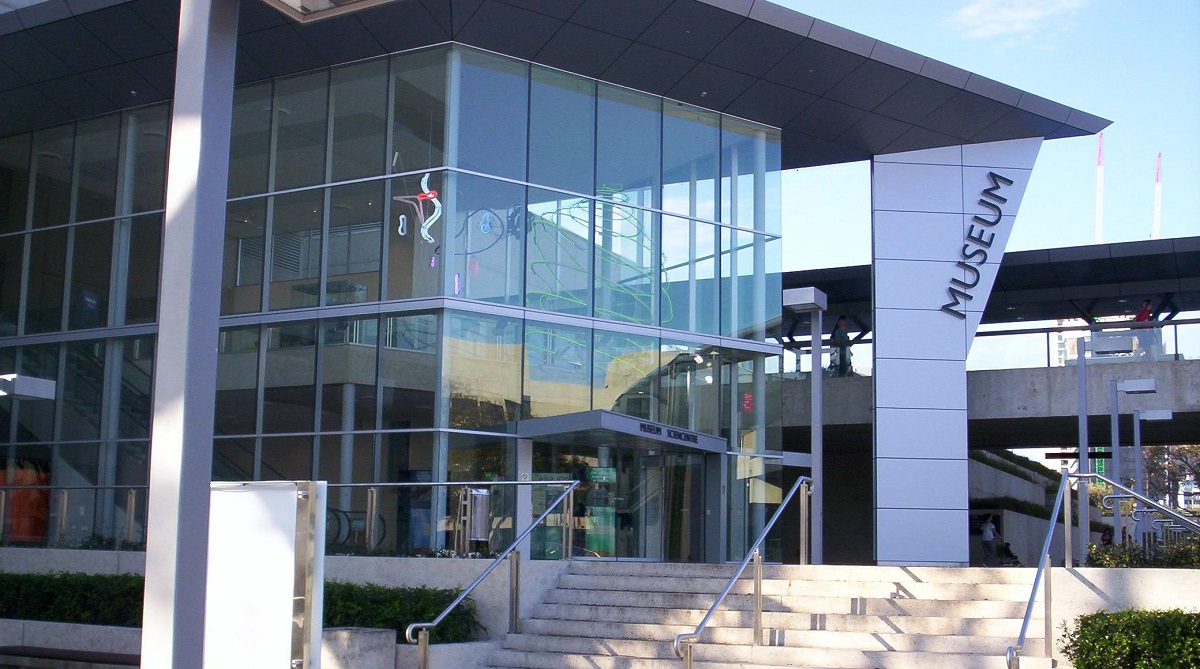
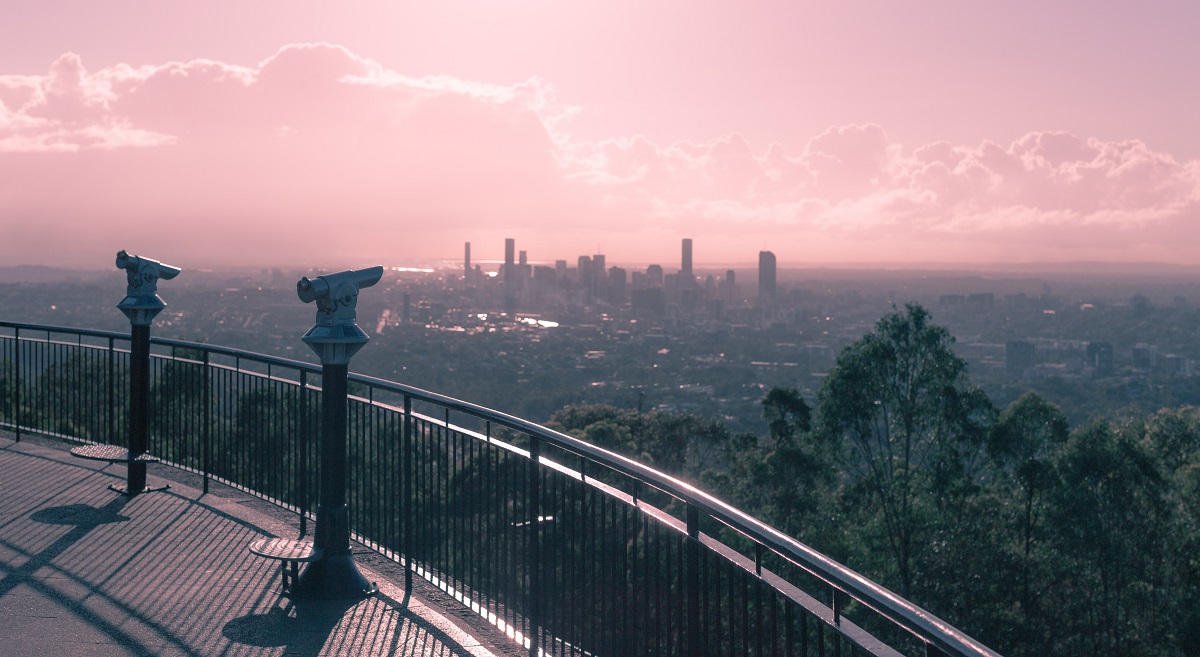
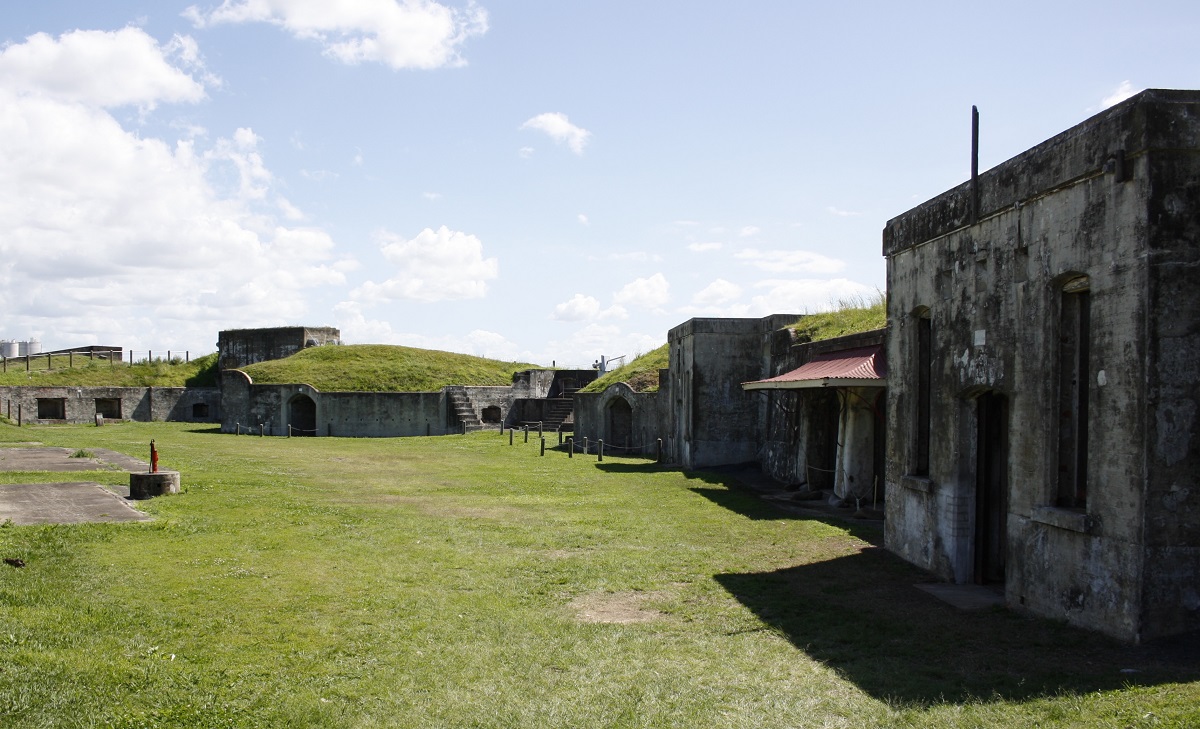
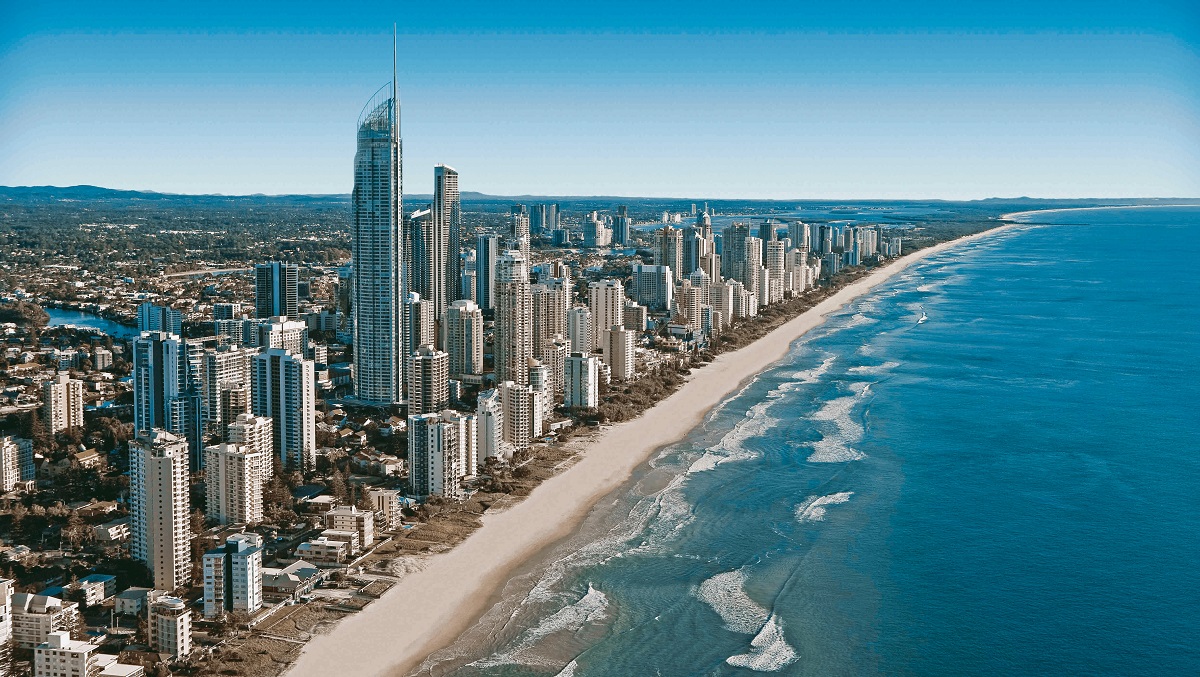
The city of Brisbane is named after Sir Thomas Brisbane who was governor of New South Wales 1821-1825. When the European settlement was established in 1824, it was a prisoners’ colony at the governor’s decision. The original location was 28 kilometers/17 miles north of the current town center, at what is today Redcliffe, but as early as 1825 Brisbane was moved to a place where the business district is now, due to more stable water supply.
The following decades, the settlement was a prisoners’ colony without a planned urban development, but in 1842 free settlement was opened in Brisbane. Development started, residence houses were built, and population increased from 829 in 1846 to 6,000 in 1859. That same year, Brisbane was chosen as the capital of the state of Queensland.
In the latter half of the 19th century, most things from the penal colony’s status were erased with the construction of many large and stately buildings symbolizing Brisbane’s and Queensland’s strengthened economy and political status. When Australia was formed in 1901, Queensland was the fastest growing nation in population and development, and Brisbane was the locomotive for growth.
The 1930s poverty and depression, which hit Brisbane like many other, led to city stagnation, and there were many shelter neighborhoods where the poorest had to live.
During World War II, the city grew and the population reached 750,000. The growth was not least due to the thousands of American soldiers stationed in the city in connection with the establishment of one of General Douglas MacArthur’s military headquarters in Brisbane.
After World War II, the economy boomed in Brisbane, where new businesses and suburbs arose with great speed. In the 1980s, the city was almost redefined through hosting both the Commonwealth Games (1982) and the World Exhibition (1988), which led to a great deal of construction activity, modernization of infrastructure, among other things, and the establishment of a number of new cultural institutions.
The large holiday resort of the Gold Coast is located south of Brisbane, and the tourism industry has contributed to the positive development of the city in recent decades. Today, around 1.8 million people live in Brisbane’s urban area, making it Australia’s third largest city. The Gold Coast is characterized by modern hotels, apartments and lots of entertainment.
 Brisbane and Gold Coast are Australia’s favorite resort cities. Here, there is almost a guarantee of good weather, bathing and all the entertainment you can imagine, for which not least the Gold Coast is so famous.
Brisbane and Gold Coast are Australia’s favorite resort cities. Here, there is almost a guarantee of good weather, bathing and all the entertainment you can imagine, for which not least the Gold Coast is so famous.
However, the city has much more than the beaches to offer. There are several art museums, and if you want to go back to the early development of the area, there are preserved buildings from the 19th century. If you suddenly want to go to the beach, it can also be fulfilled in the very center of the city where the inviting South Bank Parklands are located.
About the upcoming Brisbane travel guide
About the travel guide
The Brisbane travel guide gives you an overview of the sights and activities of the Australian city. Read about top sights and other sights, and get a tour guide with tour suggestions and detailed descriptions of all the city’s most important churches, monuments, mansions, museums, etc.
Brisbane is waiting for you, and at vamados.com you can also find cheap flights and great deals on hotels for your trip. You just select your travel dates and then you get flight and accommodation suggestions in and around the city.
Read more about Brisbane and Australia
Buy the travel guide
Click the “Add to Cart” button to purchase the travel guide. After that you will come to the payment, where you enter the purchase and payment information. Upon payment of the travel guide, you will immediately receive a receipt with a link to download your purchase. You can download the travel guide immediately or use the download link in the email later.
Use the travel guide
When you buy the travel guide to Brisbane you get the book online so you can have it on your phone, tablet or computer – and of course you can choose to print it. Use the maps and tour suggestions and you will have a good and content-rich journey.
City Hall • Customs House • Old Windmill • Gold Coast
 Brisbane and Gold Coast are Australia’s favorite resort cities. Here, there is almost a guarantee of good weather, bathing and all the entertainment you can imagine, for which not least the Gold Coast is so famous.
Brisbane and Gold Coast are Australia’s favorite resort cities. Here, there is almost a guarantee of good weather, bathing and all the entertainment you can imagine, for which not least the Gold Coast is so famous.
However, the city has much more than the beaches to offer. There are several art museums, and if you want to go back to the early development of the area, there are preserved buildings from the 19th century. If you suddenly want to go to the beach, it can also be fulfilled in the very center of the city where the inviting South Bank Parklands are located.
About the upcoming Brisbane travel guide
About the travel guide
The Brisbane travel guide gives you an overview of the sights and activities of the Australian city. Read about top sights and other sights, and get a tour guide with tour suggestions and detailed descriptions of all the city’s most important churches, monuments, mansions, museums, etc.
Brisbane is waiting for you, and at vamados.com you can also find cheap flights and great deals on hotels for your trip. You just select your travel dates and then you get flight and accommodation suggestions in and around the city.
Read more about Brisbane and Australia
Buy the travel guide
Click the “Add to Cart” button to purchase the travel guide. After that you will come to the payment, where you enter the purchase and payment information. Upon payment of the travel guide, you will immediately receive a receipt with a link to download your purchase. You can download the travel guide immediately or use the download link in the email later.
Use the travel guide
When you buy the travel guide to Brisbane you get the book online so you can have it on your phone, tablet or computer – and of course you can choose to print it. Use the maps and tour suggestions and you will have a good and content-rich journey.







Similar to Brisbane Travel Guide
There are no listings matching your search.
Reset